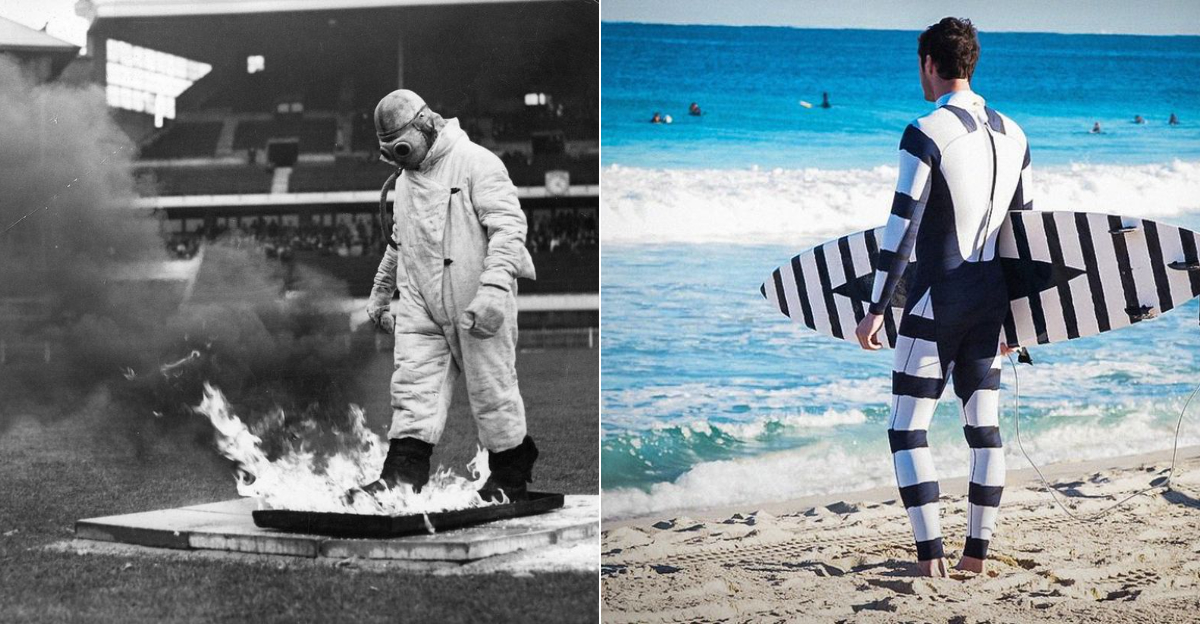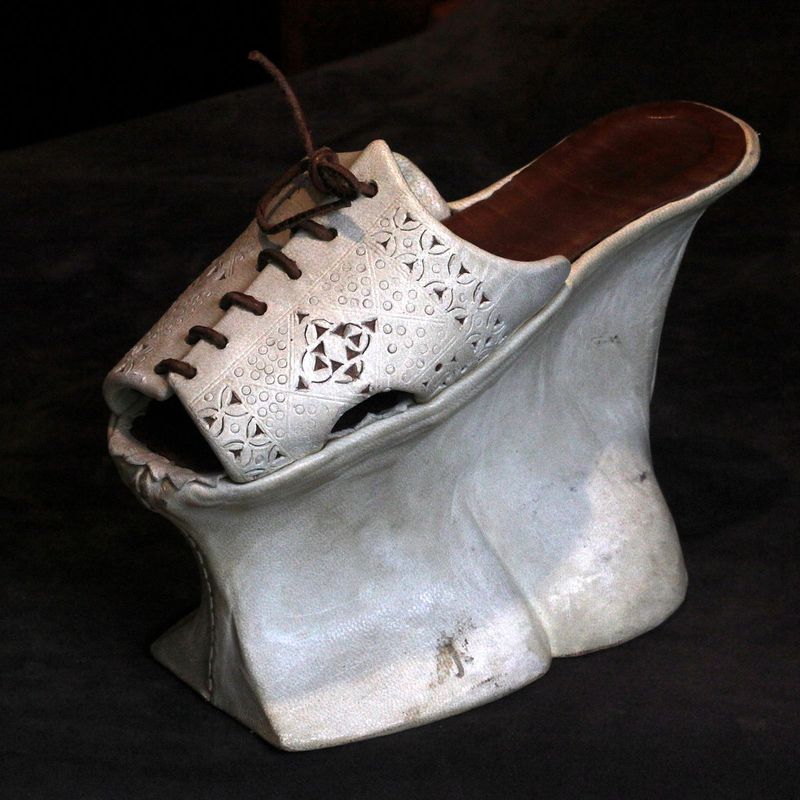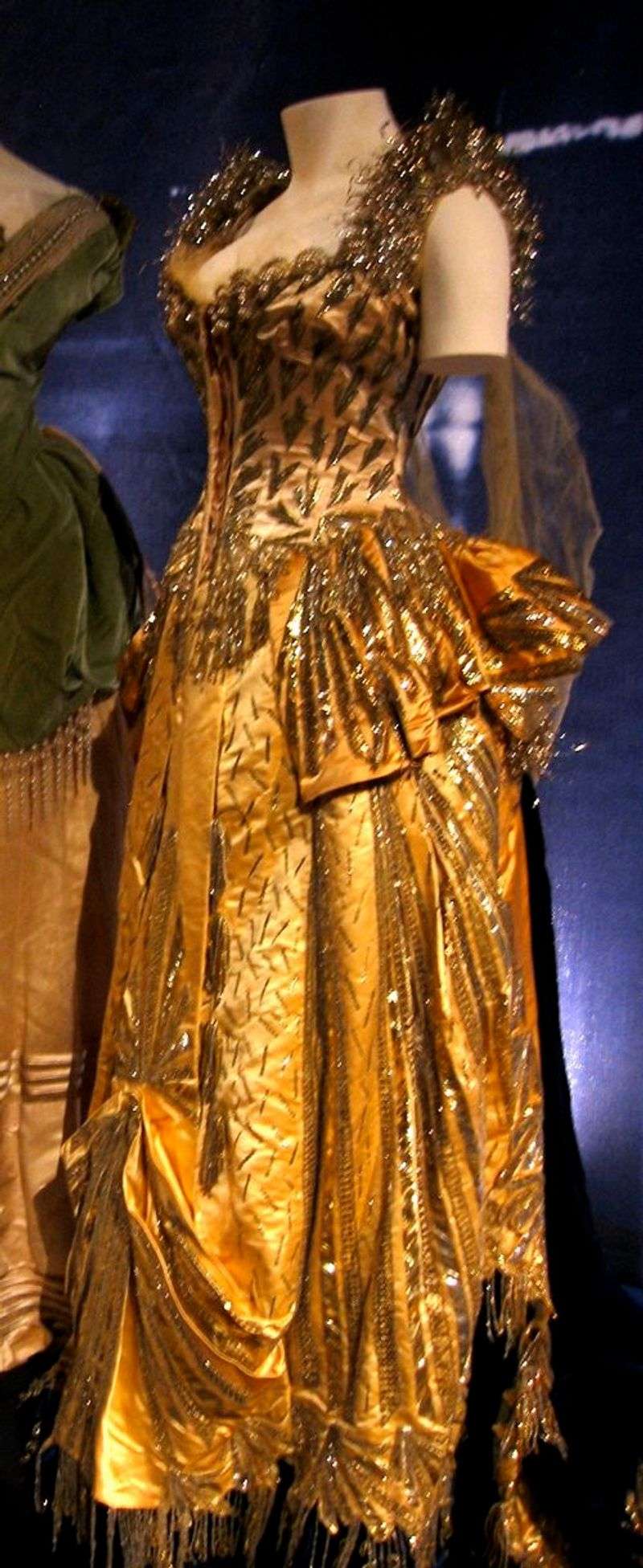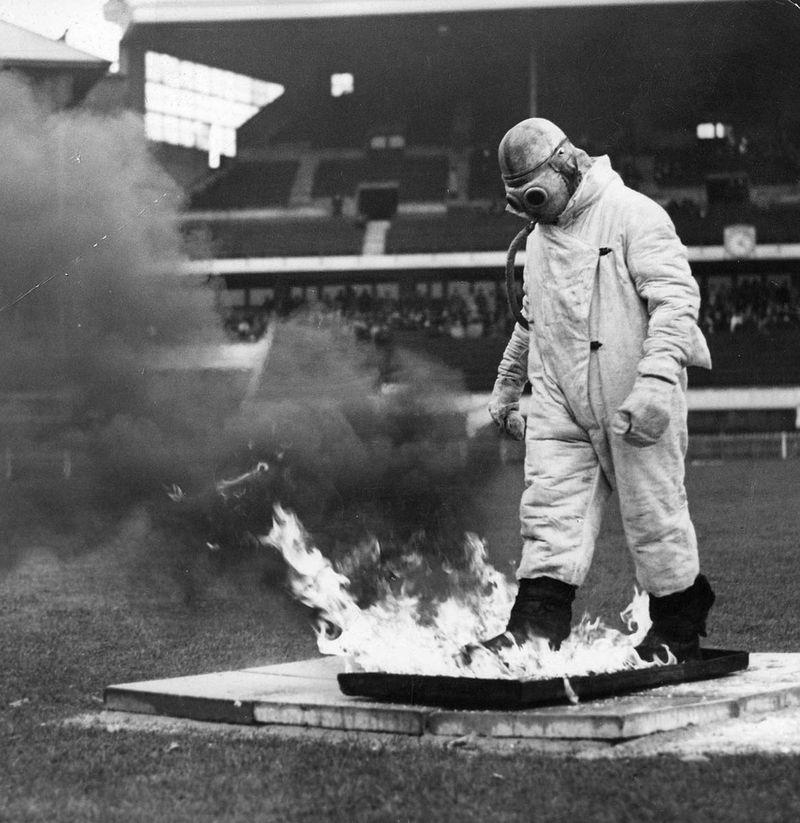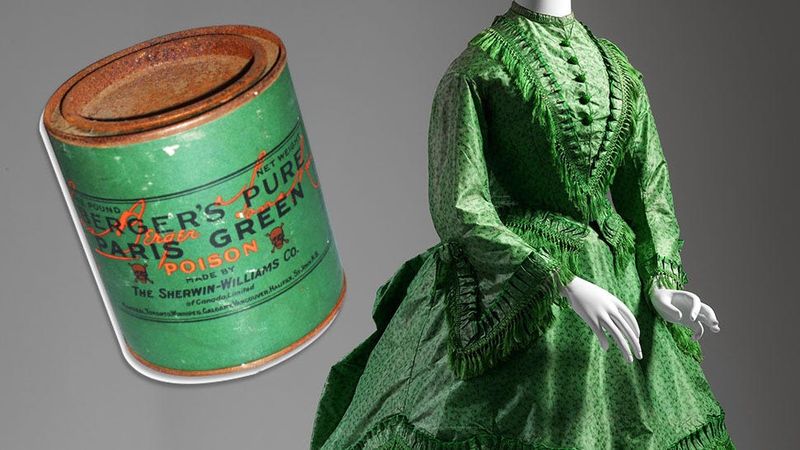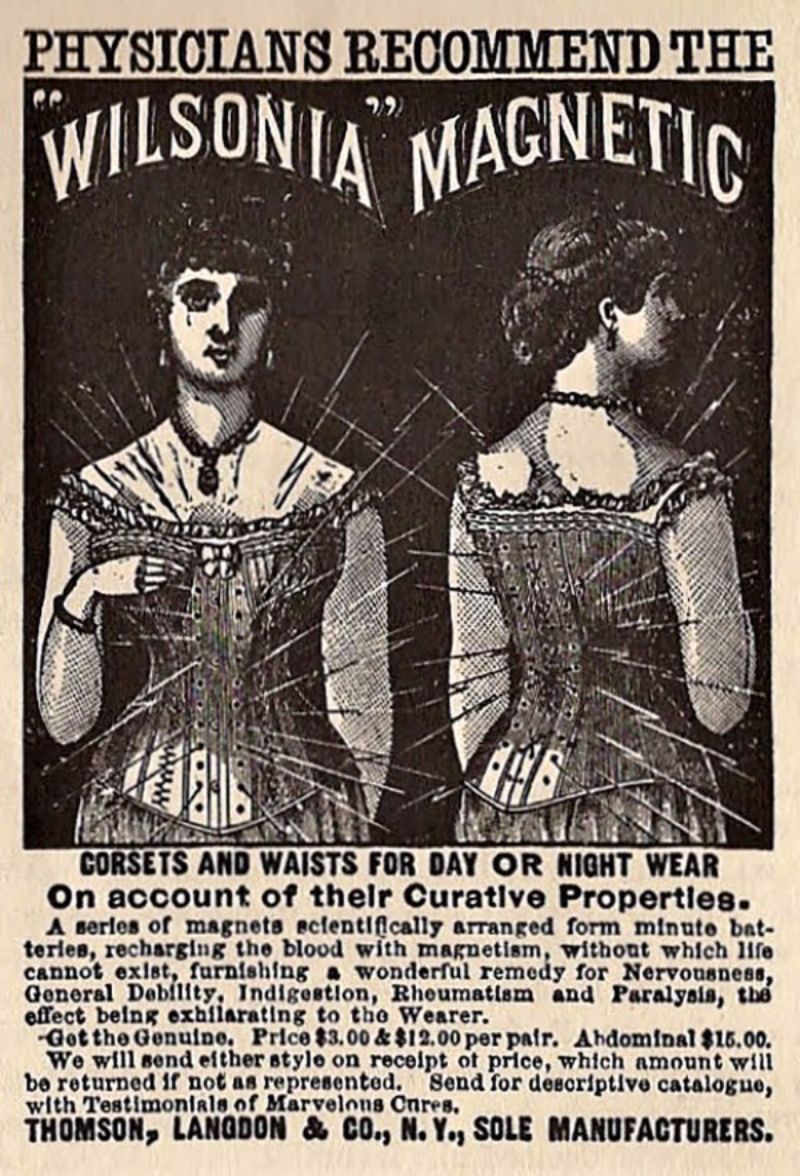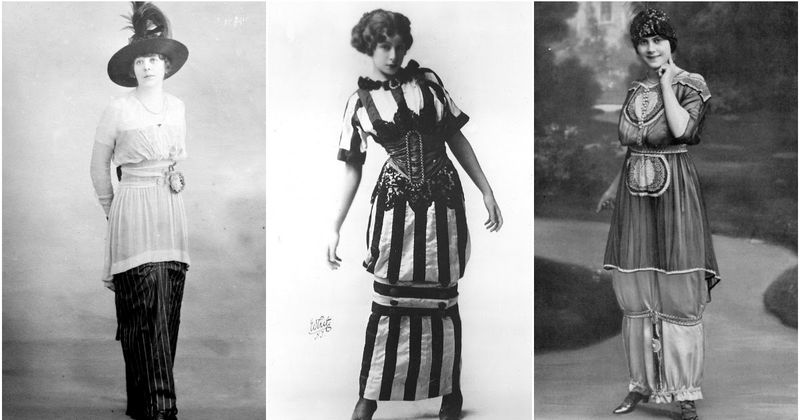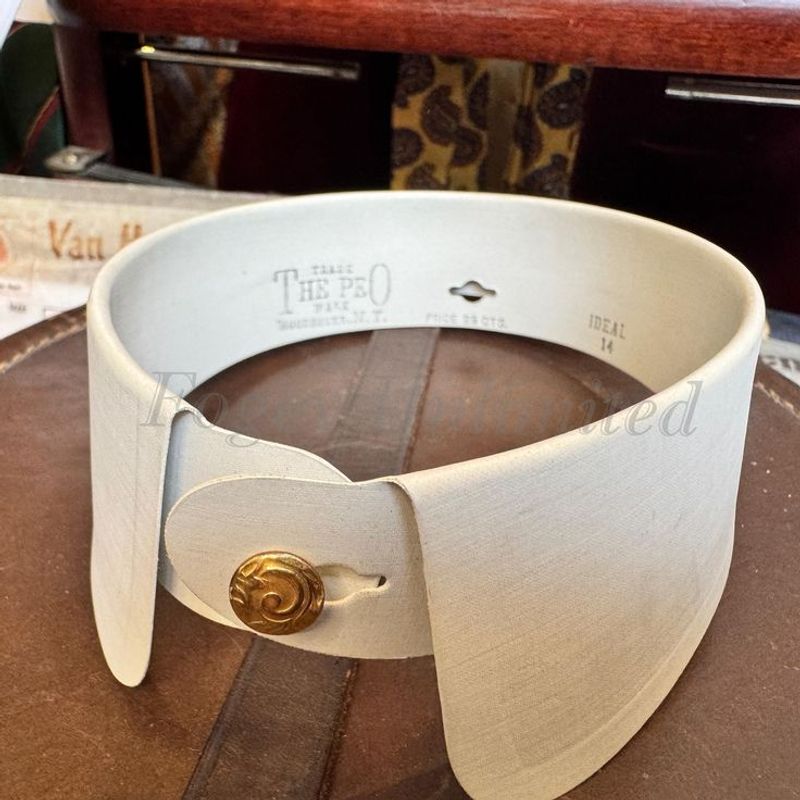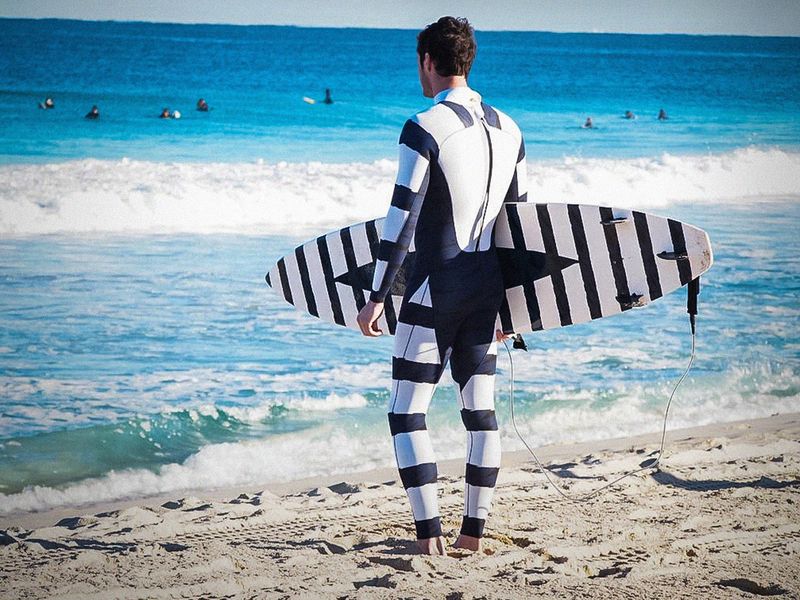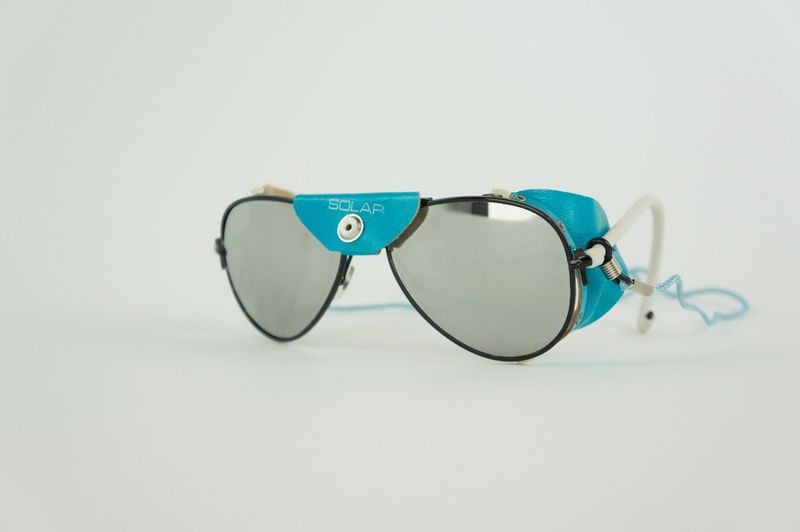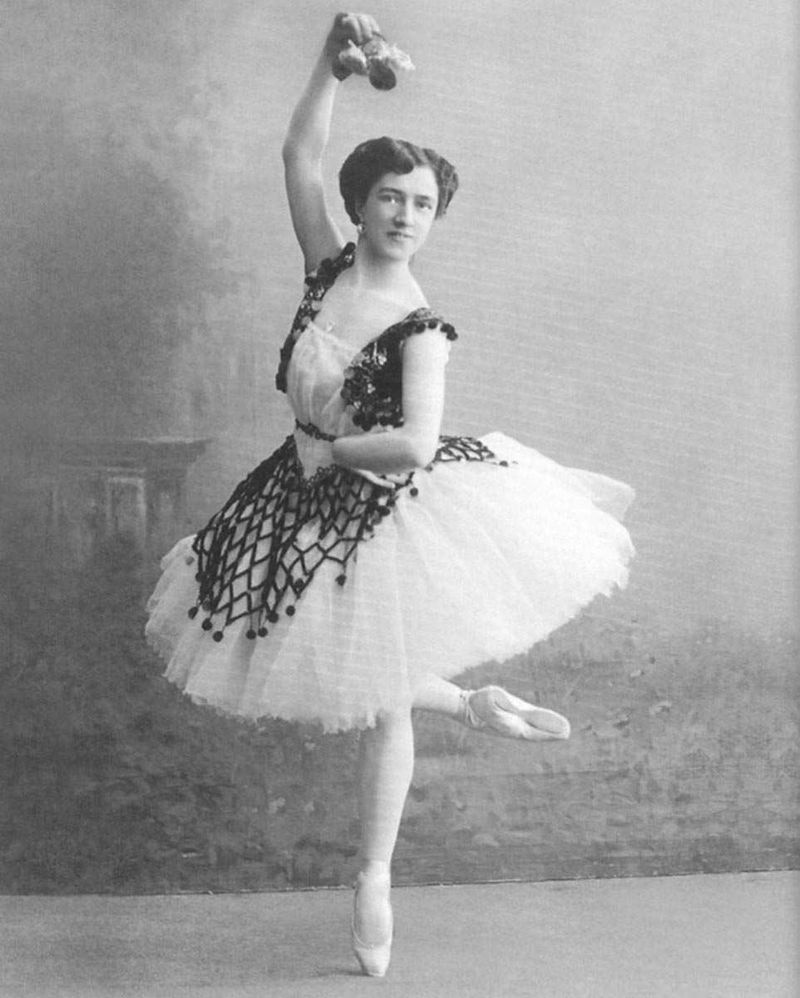History is replete with fashion decisions that were later deemed perilous. Here are 12 clothing items that took danger to new heights, leading to outright bans.
1. Metal Heels (18th Century Chopines)
These towering shoes were once the height of fashion among the elite. However, such sky-high footwear came with significant risks. Imagine needing assistance just to walk, as many wearers did. The potential for broken ankles was immense, and impalement hazards loomed large. In a society that prized status, the impracticality and danger of chopines led to their eventual ban. Though they stood tall in history, this fashion statement proved quite literally too hazardous to sustain.
2. Electrified Dresses (Victorian Era)
This innovative fashion had a shocking twist. Not only did these dresses dazzle, but they also posed a serious risk of electrocution. The potential for fires was an added peril as sparks flickered unpredictably. For many, the allure of being the center of attention was overshadowed by the literal danger these garments presented. Victorian electrified dresses soon vanished from the social scene, their sparks extinguished by safety concerns.
3. Radium-Infused Swimsuits (1920s)
The 1920s saw a peculiar trend with radium-infused swimsuits that glowed in the dark. The concept seemed luminescent and novel at first. However, the beauty of these garments hid a dark secret—radiation poisoning. Users were unknowingly exposed to a radioactive element with serious health implications. The ticking time-bombs disguised as fashion eventually led to their prohibition. In the quest for glow, these swimsuits marked a dangerous chapter in fashion history, reminding us of the unseen hazards beneath the surface.
4. Asbestos Clothing (1950s)
In the 1950s, asbestos clothing was heralded for its remarkable fireproof qualities. Firefighters and factory workers donned these garments for protection. However, the material came with a hidden cost—cancer-causing fibers released into the air. Long-term exposure led to severe health issues such as mesothelioma and lung damage. Despite its protective promise, asbestos clothing was ultimately banned. The tragedy of asbestos highlights the delicate balance between innovation and safety, as well as the unforeseen consequences of material choice.
5. Poisonous Green Dresses (19th Century)
During the 19th century, vibrant green dresses made with arsenic-laden dye became popular. The striking color masked a sinister truth. As wearers perspired, toxins were absorbed into their skin, causing illness and even death in extreme cases. This dangerous dalliance with fashion painted a grim picture as the toxic effects emerged. The once-desirable hue came with a deadly price, leading to a ban on such dyes. The allure of poisonous green dresses waned, paving the way for safer textile practices in the industry.
6. Magnetic Corsets (1910s)
In the 1910s, magnetic corsets promised health benefits through internal magnets. The allure of improved well-being enticed many to endure their discomfort. However, these garments posed grave health risks. Magnets close to vital organs could cause internal damage, and the rigid design risked punctured ribs. Despite the claims of health improvement, the reality was far from it. As the dangers became apparent, magnetic corsets fell out of favor. A testament to misplaced trust in pseudoscience, they remain a cautionary tale in fashion history.
7. Hobble Skirts (Early 1900s)
The hobble skirt of the early 1900s was a peculiar fashion statement, defined by its severely restricted ankle width. While it captured attention for its elegance, practicality was sacrificed for style. Women found themselves tripping over their own skirts, leading to broken hips and immobility. As the perils of such restrictive clothing became evident, the hobble skirt was banned for safety reasons. This fashion trend serves as a reminder of how style can sometimes overshadow sensibility.
8. Celluloid Collars (1920s)
In the roaring 1920s, celluloid collars offered a stylish, economical alternative to traditional fabric. However, these collars harbored a hidden danger. The highly flammable plastic could ignite from a stray spark, particularly in smoke-filled environments. Spontaneous combustion was no mere theoretical risk; it was a genuine hazard. The convenience of celluloid was overshadowed by its combustibility, leading to a ban as safety concerns took precedence. The collars are now a stark reminder of the need for caution in material choice.
9. Shark-Repellent Wetsuits (2010s, Australia)
In the 2010s, surfers hoped to enjoy the waves without fear, thanks to shark-repellent wetsuits. These suits claimed to repel sharks with magnetic fields, yet they had the opposite effect. Instead of deterring predators, they attracted them, turning wearers into unintended bait. As incidents increased, the supposed safety gear was banned. The shark-repellent wetsuit became emblematic of well-intentioned but flawed safety measures, highlighting the unpredictable nature of fashion technology.
10. Solar-Powered Sunglasses (1980s)
The 1980s introduced solar-powered sunglasses, a futuristic vision that quickly turned dubious. These shades used lenses to focus sunlight, inadvertently transforming into eye-endangering lasers. Despite the sleek design, the peril to eyesight was significant. Retinal damage was a real risk as sunlight concentrated through faulty lenses. As reports of injuries emerged, the sunglasses were swiftly banned. This incident underscores the importance of thorough testing and the potential perils hidden within innovative designs.
11. Exploding Ballet Tutus (Soviet Circus, 1960s)
The Soviet Circus of the 1960s sought to mesmerize audiences with pyrotechnic ballet tutus. These costumes incorporated small explosives designed to light up the stage, literally. Yet, they presented grave risks to performers. The potential for third-degree burns was all too real. As the danger to dancers became unavoidable, these explosive tutus were banned, marking a sobering chapter in performance art. The allure of spectacle met a harsh reality, reinforcing the need for safety in creative endeavors.
12. LED Hoodies That Blind Drivers (2010s)
In the 2010s, LED hoodies promised a bold, illuminated fashion statement. However, the extreme brightness of these garments posed unexpected dangers. Drivers found themselves temporarily blinded by the glare, leading to traffic accidents. The visual impact was undeniable, yet perilous. Authorities moved to ban these dazzling hoodies in the interest of public safety. This ban serves as a reminder of how innovations intended for style can inadvertently compromise safety, urging caution and foresight in fashion design.
